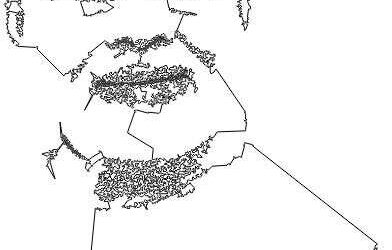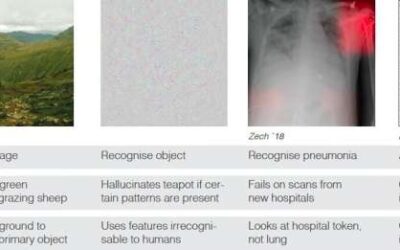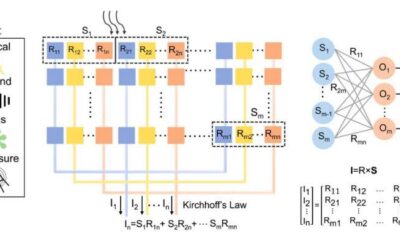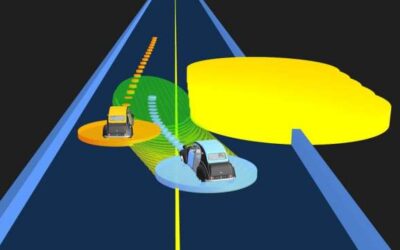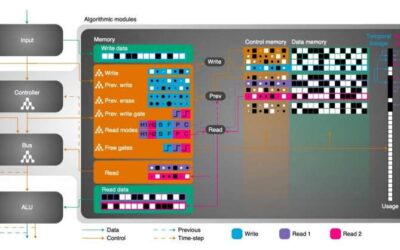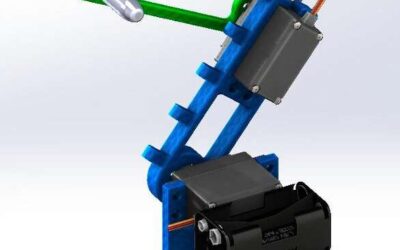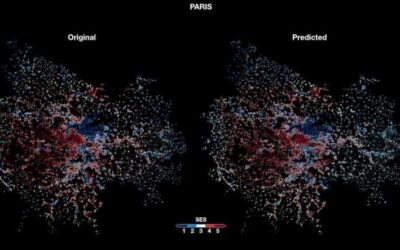Over the past few years, computer scientists have developed increasingly advanced and sophisticated artificial intelligence (AI) tools, which can tackle a wide variety of tasks. This includes generative adversarial networks (GANs), machine-learning models that can...
Machine learning & AI
A framework to evaluate the cognitive capabilities of machine learning agents
Over the past decade or so, computer scientists have developed machine learning (ML) techniques that perform remarkably well on a variety of tasks. While these algorithms are designed for artificially replicating human cognitive skills, there is still a lack of tools...
Teaching AI agents to type on a Braille keyboard
In recent years, computer scientists have developed artificial intelligence-based techniques that can complete a wide variety of tasks. Some of these techniques are designed to artificially replicate the human senses, particularly vision, audition and touch.
Chitrakar: A system that can transform images of human faces into drawings
Researchers at the TCS Robotics Research Lab in India have recently developed an artificial intelligence (AI) system that can automatically convert an image of a person's face into a recognizable non-self-intersecting loop, known as a Jordan curve. Subsequently, this...
Exploring the notion of shortcut learning in deep neural networks
Over the past few years, artificial intelligence (AI) tools, particularly deep neural networks, have achieved remarkable results on a number of tasks. However, recent studies have found that these computational techniques have a number of limitations. In a recent...
Exploring the potential of near-sensor and in-sensor computing systems
As the number of devices connected to the internet continues to increase, so does the amount of redundant data transfer between different sensory terminals and computing units. Computing approaches that intervene in the vicinity of or inside sensory networks could...
LUCIDGames: A technique to plan adaptive trajectories for autonomous vehicles
While many self-driving vehicles have achieved remarkable performance in simulations or initial trials, when tested on real streets, they are often unable to adapt their trajectories or movements based on those of other vehicles or agents in their surroundings. This...
A memory-augmented, artificial neural network-based architecture
Over the past decade or so, researchers have developed a variety of computational models based on artificial neural networks (ANNs). While many of these models have been found to perform well on specific tasks, they are not always able to identify iterative,...
An open-source and low-cost robotic arm for online education
Researchers at Tecnologico de Monterrey in Mexico have recently created a low-cost robotic arm that could enhance online robotics education, allowing teachers to remotely demonstrate theoretical concepts explained during their lessons. This robotic arm, presented in a...
Using deep learning to infer the socioeconomic status of people in different urban areas
Deep learning algorithms have proved to be promising tools to tackle a variety of real-world problems, especially those that require the analysis of vast amounts of data. In contrast with other computational techniques, in fact, these algorithms can learn to make...




